Tin Minerals
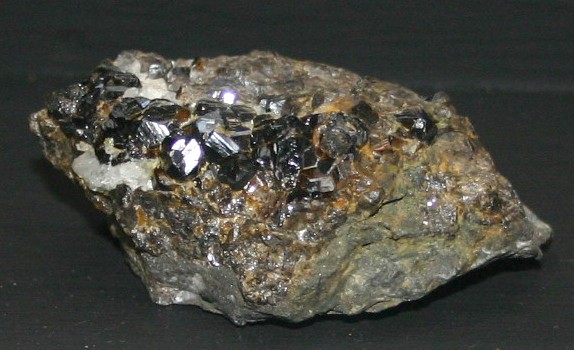
When a tin-bearing mineral is heated before the blowpipe with carbonate of soda or charcoal, white metallic tin is yielded. By dissolving this in hydrochloric acid and adding metallic zinc, the tin will be deposited in a spongy form. In the blowpipe assay, tin leaves a white deposit behind it, which cannot be driven off […]
How to Identify Precious Stones

Most precious stones belong to such formations as granitic, gneissic, porphyritic rocks, and are generally found in the débris of such; and although certain diamond-bearing soils may be of a comparatively recent age, they are for all that made up of the constituents of the older rocks. Corundum, sapphire, and ruby are found in gneiss, […]
Silver Rocks and Minerals
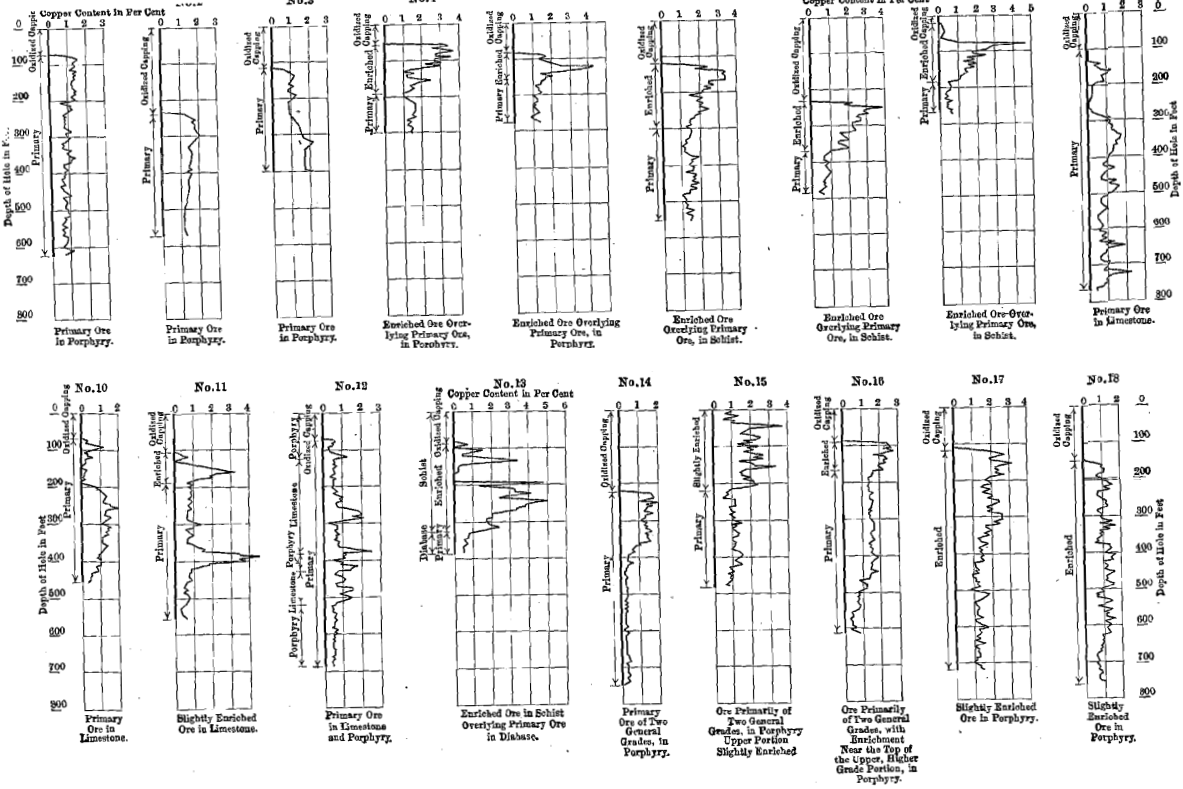
Silver ores, Silver Rocks and Minerals are easily fused before the blowpipe flame, either with or without carbonate of soda. The resulting globule of metal, of its characteristic white colour, can be readily hammered out or cut by a knife. If the powdered mineral, supposed to contain silver, be dissolved in nitric acid and the solution […]
Nickel Ores and Minerals
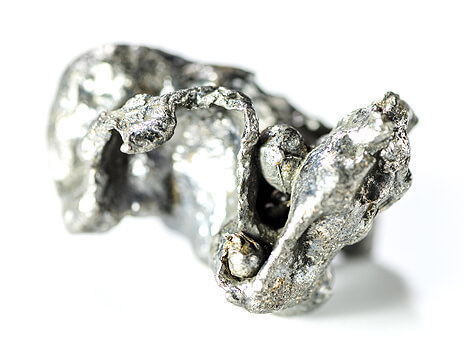
To test the presence of nickel in a mineral, by means of the blowpipe, requires great care. If heated on charcoal, together with carbonate of soda in the inner flame, a grey metallic powder, attractable by the magnet, is formed. If heated with borax on platinum wire in the outer frame, a hyacinth red to […]
Panning for Gold

Panning for Gold allows you to detect free or native gold in a piece of specimen rock, in sand or gravel, the sample should be carefully examined by means of a magnifying glass, if the eye is insufficient. The particles of gold, if present in the free state, will probably be distinct, whether wet or […]
Characteristics of Common Minerals
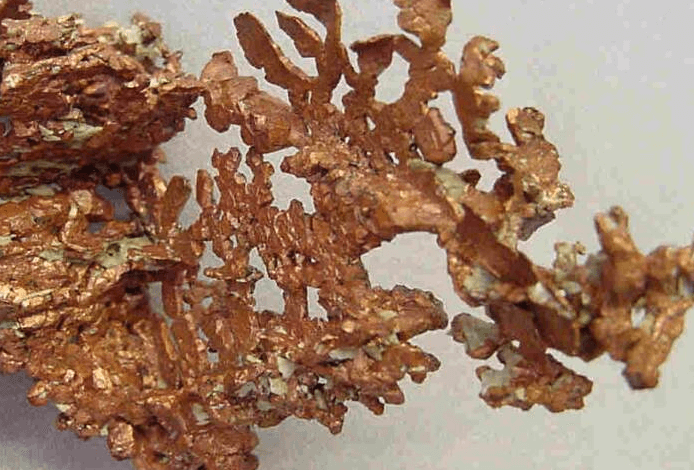
As mentioned before, in the last chapter, any one who searches for useful minerals is chiefly attracted by their colour; the lustre, and perhaps streak, may assist him in the determination of their nature. Still, doubts may suggest further investigation. The hardness and the specific gravity may guide him, though it must be confessed, in […]
How do Prospectors Find Gold
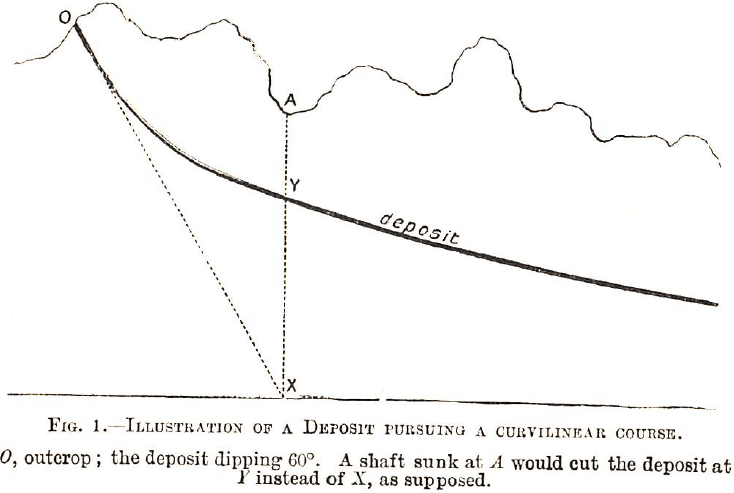
In prospecting a country for Prospecting for valuable minerals wealth, it is most important to search very systematically and carefully among the sands and rocks of river beds, in dry creeks, and at the bottom of valleys, as well as on the sea-shore. Not only does the action of running water and glaciers grind down […]
Classification of Rocks and Minerals
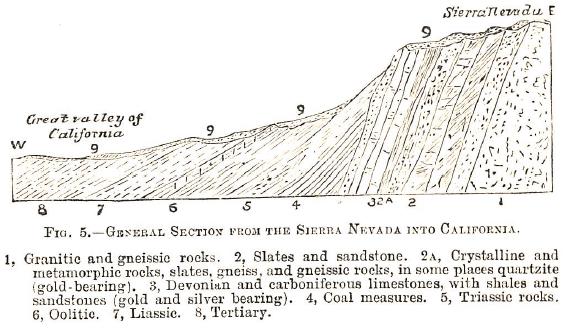
The following are the various divisions under which rocks may be classified: IGNEOUS Rocks which have been subjected to heat. Volcanic (those that have been cooled at or near the surface) :— Trachyte (rough, greyish in colour, and light in weight). Basalt (blackish or brown, heavier and with fewer holes in it than trachyte). Phonolite, […]
Process used to Identify Minerals
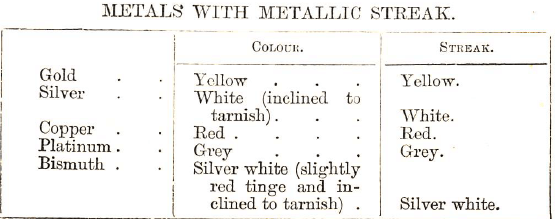
In the process of discovering the nature of a rock and Identifying Minerals, the mineralogist may derive the necessary information by a careful study of its external appearance and characteristics; the form of crystallization, hardness, specific gravity, colour, streak (the colour when scratched, or when rubbed on a piece of porcelain), and also from its […]
Blowpipe Assaying
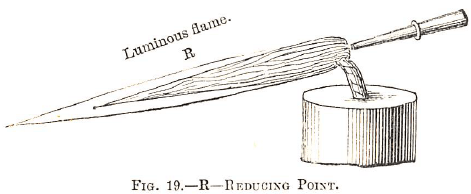
How to make and use a blowpipe to test and perform a metal analysis for the presence of various minerals by evaluating the nature of the flames. Methods of testing in an open tube and a tube closed at one end.—On charcoal with carbonate of soda.—With borax and microcosmic salt on platinum wire.—Tables of reactions -with […]
